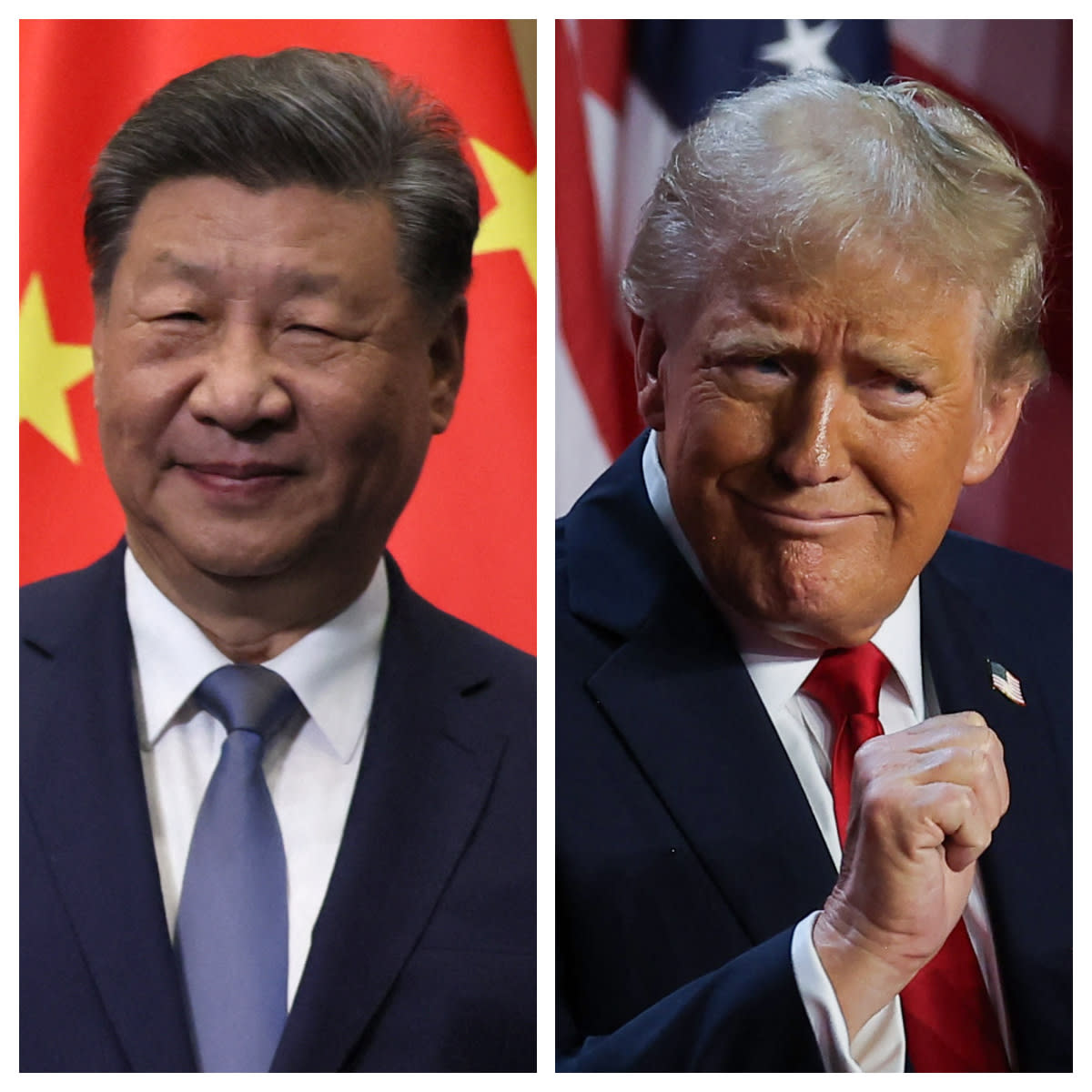“The device is capable of cutting cables up to 4,000 meters in depth – twice as much as the maximum operational range of existing subclassic communications infrastructure,” explains Prof. Ho Olong, the leading engineer in the project, in an article published in the journal “Machine Engineer.” The device was developed by China’s Scientific Research Center (CSSRC) and the state lab for manned vehicles in the deep sea. It is specially designed for combination with manned and unmanned submarines of China such as the Fendouzhe (or “Striver”) and the HAIDou series.
The technological challenges in developing the device were huge. ‘ When 4,000 meters deep, the water pressure exceeds 400 atmospheres. The Chinese staff’s solution included a titanium and split titanium envelope, which prevents collapse under continuous pressure. Instead of using traditional blades that are ineffective against steel districts, the device is equipped with a 150mm diamond -coated breadwshrage, which rotates at 1,600 rpm – strong enough to crush steel, while minimizing the marine sediment.
Although the device is presented by China as a tool for civilian uses such as “rescue and seabed at the sea, Western experts warn that technology has significant military potential. “Cutting cables near strategic intersections such as Guam, which is a corner stone of the American military’s second island chain, can undermine global media in a geopolitical crisis,” the magazine indicates a naval security expert who sought to remain anonymous.
Underwater communication cables – protected by layers of steel, rubber and polymers – constitute a 95% infrastructure from the global data traffic. Injury to them may dramatically disrupt the global media. Exposure occurs while China’s hold on expanding underwater infrastructure, Beijing is now running the world’s largest fleet of manned and unmanned submarines. Recently began building a “space station” at the depth of 2,000 meters, at the bottom of the southern China.
In contrast, the American deep sea fleet is aged and has trouble paste the pace, and Japan’s only manned submarine is expected to retire in the coming years without a replacement. Experts compare the strategic potential of the new Chinese technology for a Russian natural gas pipe explosion at the sea, during the war in Ukraine.
